One particular application of gesture-based systems is to implement a speaking aid for the dumb. For this to happen, it requires modelling of a dactylological artificial hand by incorporating study of the hand movement for the dumb people. In this aspect the Finger and Wrist position with Degrees Of Freedom (D.O.F) is calculated, the prototype model representation of the dactylological artificial hand is done .The different positions of the motors in the hand is shown for letters and numbers, the motor movement database for generating any signal is attached. The driving Algorithm and the process flow graph for the stepper motor controlled artificial hand is implemented .This attempt would provide flexibility in communication with the dumb people who are not capable to communicate with the physical world verbally. Moreover, an attempt is taken on furnishing the hardware implementation of producing an ideal Dactylological Artificial hand which tends to be a pre-innovative work in the varied field of artificial intelligence
Keywords |
| Dactylology, Displacement Angle, D.O.F., Step Angle and Stepper motor |
INTRODUCTION |
| The term DACTYLOLOGY mainly belongs to the science of manual sign language, as for use in communicating with
deaf Dactylology [1] (or finger spelling) is the presentation of letters of a writing System and sometimes numeral
system using only the hands. These Manual alphabets have been used in deaf education and subsequently been adopted
as a distinct part of a number of sign languages around the world. In Greek, Roman and Assyrian [2] countries, the
body and Hands are used to represent alphabets and certainly finger calculus System was widespread. Later on,
European monk shave made use of Manual communication including alphabetic gesture[3]. Our main aim of having a
MECHATRONIC arm is for sign languages that is frequently used by deaf and dumb people so that they can make
conversation . The mechanical hand that has been build on features like naturally Complaints fingers and thumbs and a
variety of grip patterns for Versatility and unrivalled performance. It can independently actuate each finger and can
realize fundamental motions, such as holding, Grasping and communication as well. This article includes a precise
study on finger and wrist position with D.O.F., prototype model representation of dactylology represented artificial arm
Dactylology representation with motor controlled arm database, driving algorithm with process flowchart, and a
pictorial representation of human artificial arm. |
STUDY ON FINGER AND WRIST POSITION WITH DOF |
| A. Study on Finger Position with DOF: Human finger are made with 3 parts, which Attached with 2 joints.
Each part can be moved maximum 90 º clockwise. The position of each part after 90° rotation is shown below: |
| In this step“part3” is rotated 90º clockwise & change it’s Position from (X1, Y1) to (X2, Y2), when coordinate at M3
position. In that caseX1=L3, Y1=0&Ø=90º.In this step remaining Parts are fixed.
Mathematically: |
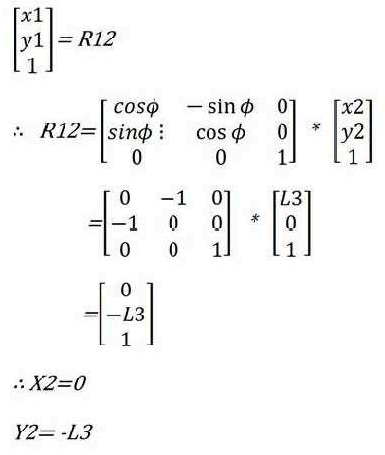 (1) (1) |
STEP-2: |
| In this step“part2”is rotated 90º clockwise & change it’s Position from (X1,Y1) to (X2,Y2),when coordinate at M2
position[5].In that caseX1=L2,Y1=0&Ø=90º.In this step remaining Parts are fixed.Though‘part3’moves its position,
because Mathematically: |
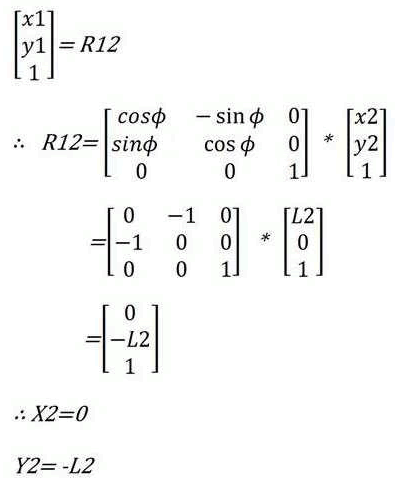 (2) (2) |
STEP 3: |
| In this step “part 1” is rotated 90º clockwise & changes its Position from (X1, Y1) to (X2, Y2), when coordinate at
M1 position. In that caseX1=L2, Y1=0&Ø=90º.In this step remaining Parts are fixed.Though‘part3’&‘part2’moves its
position, because it’s attached with‘part1’ by M3 & M2 respectively.
Mathematically: |
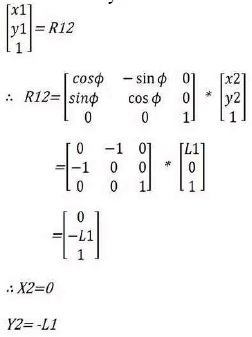 (3) (3) |
| B. Study on Wrist Position with DOF : In a human hand wrist can move palm up & down Artificial robot
hand can move its 45º up & 45º down. The position after changing is show in below: |
| STEP 1: In this step palm is moved by wrist, upward Direction in 45º.In this case palm position can change from (X1,
Y1) to (X2, Y2), when coordinate at the position of wrist.
Mathematically: |
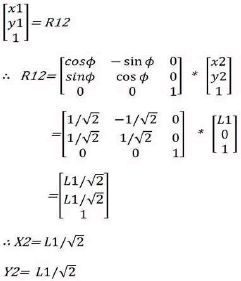 (4) (4) |
| STEP-2: In this step palm is moved by wrist, upward Direction in 45º.In this case palm position can change from (X1,
Y1) to (X2, Y2), when coordinate at the position of wrist. |
| Mathematically: |
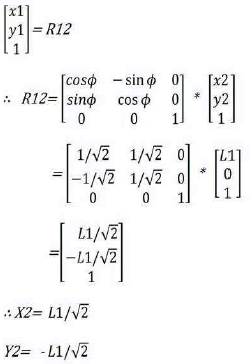 (5) (5) |
PROTOTYPE MODEL REPRESENTATION OF DACTYLOLOGY REPRESENTED ARTIFICIAL ARM |
| The artificial hand is configured by using a PIC microcontroller & a special kind of motor that is called the Stepper
Motor. In this Exploration Fifteen (15) Stepper Motors [5] of Different Classes at Different Joints are used. [A Stepper
Motor is an Electromechanical Device which converts Electrical Pulses into Discrete Mechanical Movements. The
Speed of the Motor Shaft Rotation is Directly Related to the Frequency of the Input Pulses and the Length of the
Rotation is Directly Related to Number of Input Pulses Applied. There are Three Types of Stepper Motors 1.Variable-
Reluctance (VR) 2. Permanent-Magnet (PM) 3.Hybrid (HB)] Hybrid Motor (Stepping Angle=3.6 to 0.9 degree &100
to 400Steps/Revolution) is used for the Major Joint like Wrist [Carpomrtacarpal Joint] because it is very Expensive &
Powerful. And for the Minor Joints like the Joints of the Finger, the Permanent-Magnet Motors (Stepping Angle=3.6
to0.9 degree & 48 to 24Steps/Revolution) are Used, this Type of Motors are comparatively cheaper. There are several
modes of operation of the Stepper Motor. The following are the most common deriving modes-1.WaveDrive
(1Phaseon) 2.Full Step Drive (2Phaseson) 3.Half Step Drive (1&2Phases on) 4.Microstepping (Continuously Varying
Motor Current) [6] |
A. Mathematical Analysis of Step and Displacements angle of Stepper Motor: |
| The Step Angle and Displacement Angle of the Stepper Motor Could be calculated by the following formulas. The
Step Angle =360/(N*P)= 360 /N[where, N=N*P]Where, N Number of Equivalent Poles Per Phase= Number of Rotor
poles . P Number of phases. N=Total Number of Poles for All Phases Together[10].The Displacement Angle=
(Z/2*Pi)*Sin (T/T) [where Pi=3.14] Where=Rotor Tooth Pitch .T=Load Torque. T=Motor’s Rated Holding the
Position of the Stepper Motors with their corresponding Position are Tabulated Below. [8] |
A. Methodology of the total Dactylological system: |
| From the PIC Microcontroller terminals are taken out, these terminals are connected with the port selection block,
which selects the ports of the PIC Microcontroller as per the requirement. The Stepper Motors at Different Positions
in the hand[4] are connected with the port selection block through the Interfacing Device. Two Different power
supplies are connected with Interfacing Device and Microcontroller. A Ground connection is taken out from the PIC
Microcontroller. If the translator is used, it is possible to translate text into gestures that a hearing impaired can
understand[11]. |
DACTYLOLOGY REPRESENTATION WITH MOTOR CONTROLLED ARM DATABASE |
| To generate any particular signal, the angle of rotation of the Stepper motors could be thoroughly understood from
the following database and the signal jesters are also depicted. [9] |
DRIVING ALGORITHM AND PROCESS FLOW GRAPH OF MOTOR CONTROLLED ARTIFICIAL ARM |
| V. The Artificial Hand Movement could be understood with the help of the following Algorithm[7]. |
| STEP1:- Read the audio Command. |
| STEP2:- Convert the audio command to machine level code. |
| STEP3:- Compare with the reference Database. |
| STEP4:- Check the Rotating Angle of All the Motors. |
| STEP5:- Adjust the Rotating Angle of the Motors if Required. |
| STEP6:- Control the Motor Control System. |
| STEP7:- Control the Gear Control System. |
| STEP8:- Move the Different Parts of the artificial Hand. |
CONCLUSION |
| In this exploration, it is aimed to highlight on the implementation of the artificial arm that is capable of generating the
finger spelling (Dactylology).In this particular field the research works has not been carried out enormously. This
implementation would be very helpful to communicate with the dumb people, these devices will generate a signal jester
according to the voice command, the teaching could be arranged by this artificial hand. This artificial arm would be
also very helpful for the dumb people to feel the effect of a live movie.We will try to integrate all the recognition
modules to implement a practical speaking aid for the deaf persons. |
ACKNOWLEDGEMENT |
| The authors would like to express their gratitude to the TEQIP phase-II, Sub-component 1.2, JIS College of Engg.,
Kalyani for supporting the research work financially. Additionally authors are very much thankful to ECE & EIE Dept.
for their cooperation. |
| |
Tables at a glance |
 |
 |
| Table 1 |
Table 2 |
|
| |
Figures at a glance |
 |
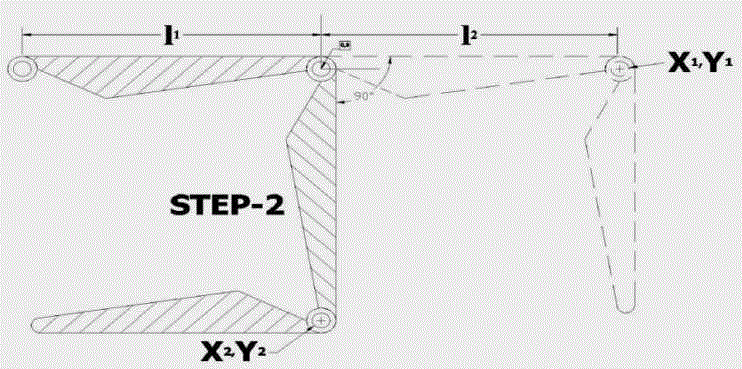 |
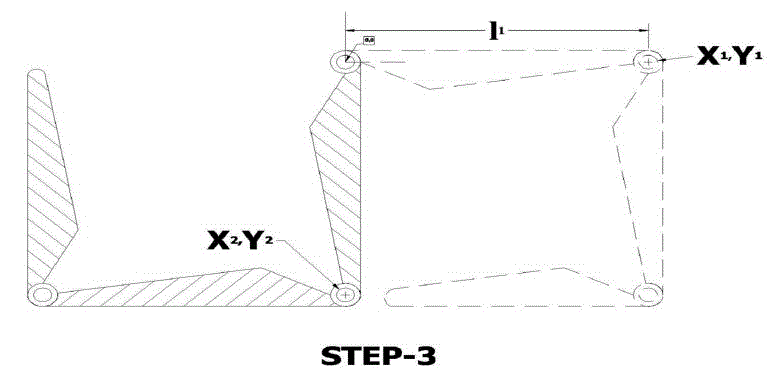 |
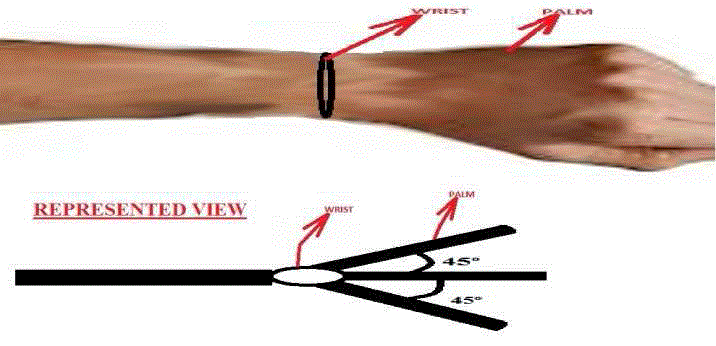 |
| Figure 1 |
Figure 2 |
Figure 3 |
Figure 4 |
 |
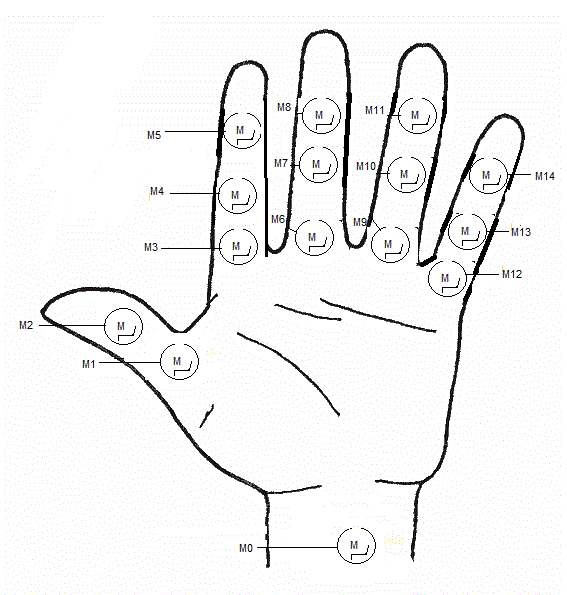 |
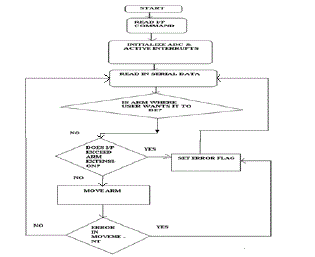 |
| Figure 5 |
Figure 6 |
Figure 7 |
|
| |
References |
- SupawadeeSaengsri, VitNiennattrakul, and Chotirat Ann Ratanamahatana. âÃâ¬ÃËTFRS: Thai Finger-Spelling Sing Language Recognition SystemâÃâ¬Ãâ¢, IEEE, pp: 457- 462, 2012.
- Allen, B. (2002). ASL-English bilingual classroom: The familiesâÃâ¬Ã⢠perspectives. Bilingual Research Journal, 26, 149-168.
- Takahashi, T. and Kishino, F.: "Hand gesture coding based on experiments using a hand gesture interface device", SIGCHI Bul., 23(2) pp. 67- 73, 1991.
- JamshedIqbal, Razaul Islam, and Hamza Khan, Modeling and Analysis of a 6 DOF Robotic Arm Manipulator, Canadian Journal on Electrical and Electronics Engineering, 3 (6), July 2012, 300âÃâ¬Ãâ306.
- Igor Aleksander, Henri Farreny, Malik Ghallab Technology. âÃâ¬ÃÅDecision and Intelligence (volume 6)âÃâ¬ÃÂ, 1987
- S. Nandi and H. A. Toliyat, âÃâ¬ÃÅCondition monitoring and fault diagnosis of electrical machinesâÃâ¬ÃâA review,âÃâ¬Ã in Proc. 34th Annu. Meeting IEEE Ind.Appl., 1999, pp. 197âÃâ¬Ãâ204.
- Mohamed Fezari, HamzaAttoui and MouldiBedda âÃâ¬ÃÅToward Hybrid Technique to Enhance Vocal Guiding System for a Manipulator Arm TR45âÃâ¬Ã 978-1-4244-5750-2/10/$26.00 ©2009 IEEE
- LiptakBela G.(2005).Instrument Engineers' Handbook: Process Control and Optimization.CRC Press. pp. 2464. ISBN978-0-8493-1081- 2.
- C. Pickering, (2005) âÃâ¬ÃÅThe search for a safer driver interface: a review of gesture recognition human machine interfaceâÃâ¬ÃÂ, Computing Control Engineering Journal, Vol. 16, No. 1, pp 34-40.
- P. P. Acarnley. "Stepping Motors: A Guide to Modern Theory", London, UK., (1982).
- India Conference (INDICON),2009 Annual IEEE Page(s):1 - 4
|